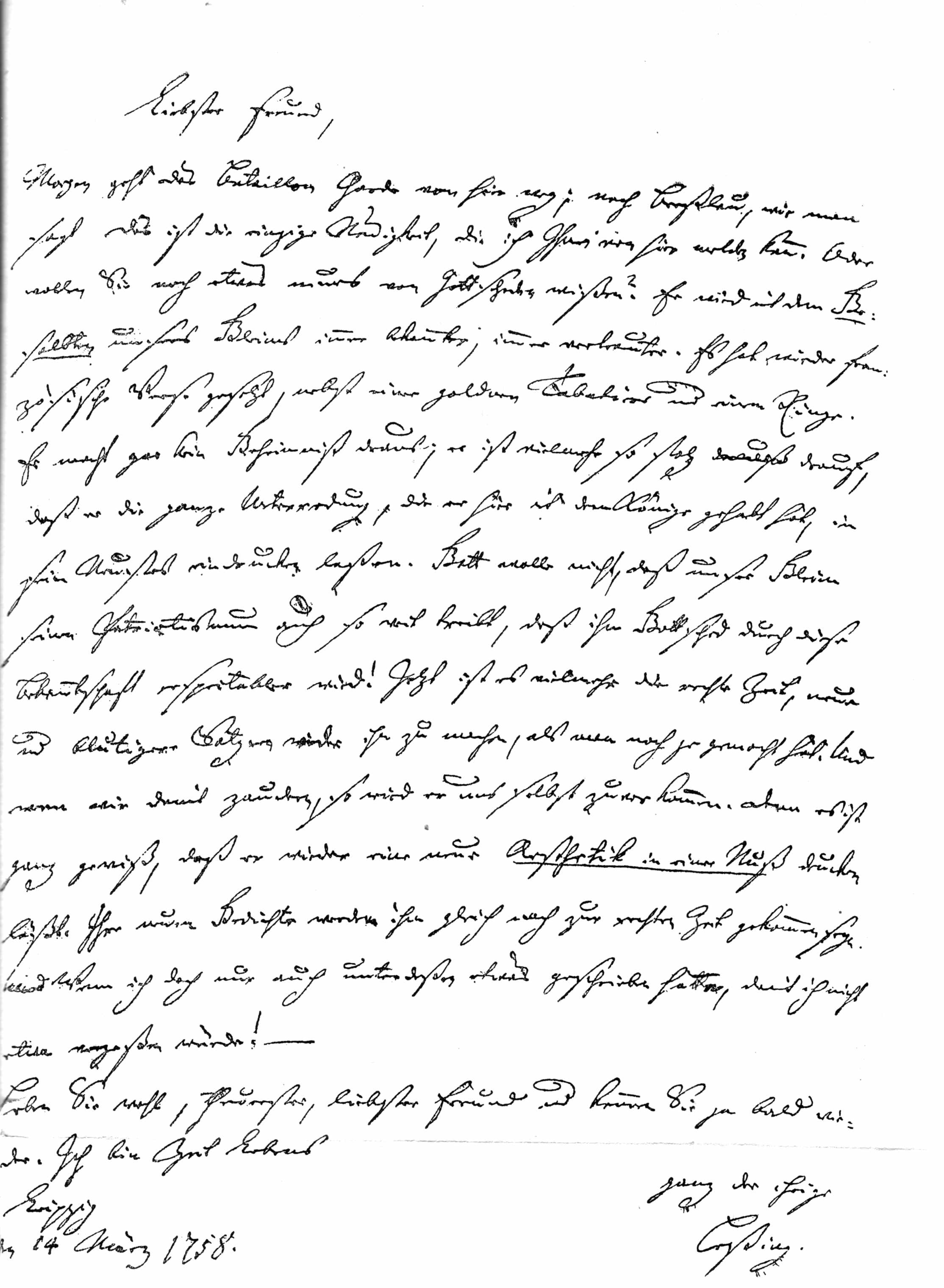I might have to revise my judgement on wikipedia. I have always considered it only helpful when you already have a substantial amount of background knowledge on the topic you are looking into. In the follow-up of my ISO related worries, I had to admit that I gained some interesting insight through wikipedia.
Laurent told me about the kind of Paso Doble ISO and Unicode have been dancing for some years before starting working hand in hand. After he had explained to me the historical meaning of the ISO Latin script, I was somewhat more inclined to consider German Old script/Kurrent as related to it indeed, Latin being a very wide family of scripts. So much for the soothing of my hermeneutic irritation.
This didn't help much, though, concerning our encoding: we still had to differentiate between two types of handwritings. As Laurent explained to me, ISO standards were primarily conceived for printed characters, not for handwritten ones. So it only seemed logical to use the ISO standard for the Fraktur script, in which the texts written in German Old Script were actually printed in the 18th-19th century, to mark the difference from the non-German latin script.
But the story doesn't end there. The first problem is that Fraktur was not only used as a printed version of German Old script, but also as a printed version of Sütterlin, a very much simplified version of the German Old script used mostly in the 20th century. That would be in terms of ISO 15924: Latf, 217. But it is pretty insatisfactory to stay at such a general level that basically German Old Script/Kurrent and Sütterlin would be considered the same. The deeper problem is probably that working with handwritten material is not really compatible with a system based on the differentiation between scripts and fonts (what is a script and what is "only" a font).
And why does (according to wikipedia) Fraktur have a unicode number attributed to it and neither Kurrent nor Sütterlin do?
For those who are deeply bored by these considerations and would like to actually get more than far-fetched metaphors, I recommend watching Strictly Ballroom.
Laurent told me about the kind of Paso Doble ISO and Unicode have been dancing for some years before starting working hand in hand. After he had explained to me the historical meaning of the ISO Latin script, I was somewhat more inclined to consider German Old script/Kurrent as related to it indeed, Latin being a very wide family of scripts. So much for the soothing of my hermeneutic irritation.
This didn't help much, though, concerning our encoding: we still had to differentiate between two types of handwritings. As Laurent explained to me, ISO standards were primarily conceived for printed characters, not for handwritten ones. So it only seemed logical to use the ISO standard for the Fraktur script, in which the texts written in German Old Script were actually printed in the 18th-19th century, to mark the difference from the non-German latin script.
But the story doesn't end there. The first problem is that Fraktur was not only used as a printed version of German Old script, but also as a printed version of Sütterlin, a very much simplified version of the German Old script used mostly in the 20th century. That would be in terms of ISO 15924: Latf, 217. But it is pretty insatisfactory to stay at such a general level that basically German Old Script/Kurrent and Sütterlin would be considered the same. The deeper problem is probably that working with handwritten material is not really compatible with a system based on the differentiation between scripts and fonts (what is a script and what is "only" a font).
And why does (according to wikipedia) Fraktur have a unicode number attributed to it and neither Kurrent nor Sütterlin do?
For those who are deeply bored by these considerations and would like to actually get more than far-fetched metaphors, I recommend watching Strictly Ballroom.

